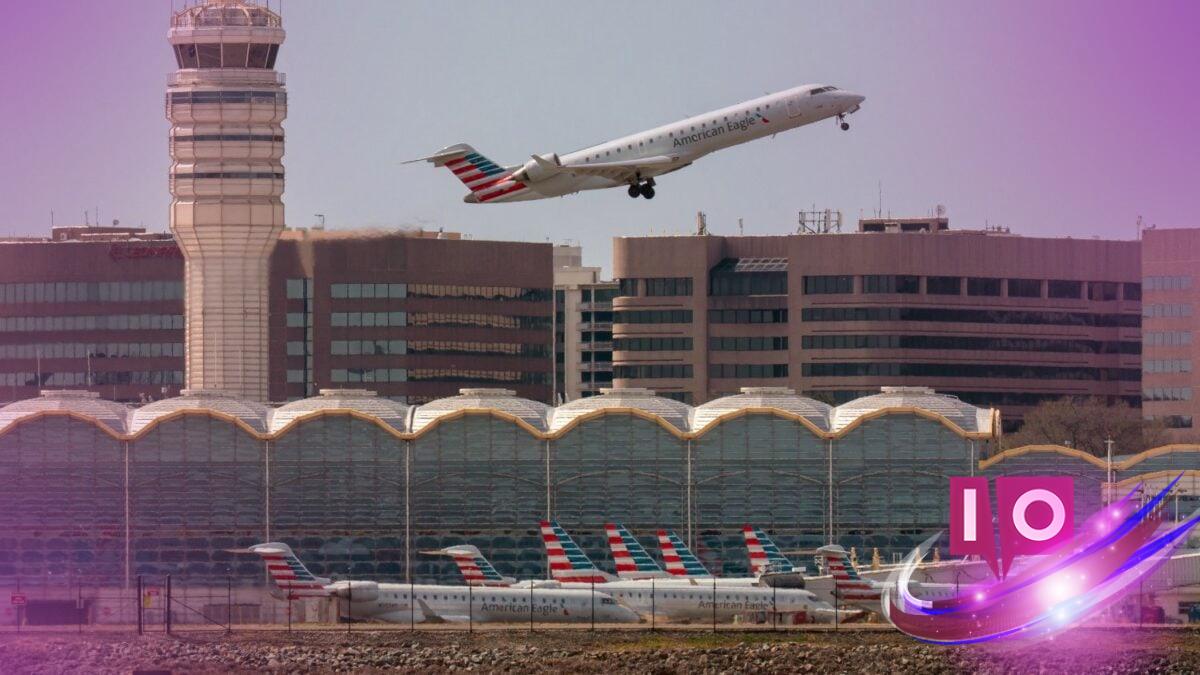In a shocking turn of events, the Transportation Department’s Office of Inspector General recently announced an investigation into the Federal Aviation Administration’s (FAA) management of airspace around Ronald Reagan Washington National Airport. This comes nearly eight months after a catastrophic midair collision that claimed 67 lives in January. With numerous near-misses also reported, the urgency for reform in air traffic management is more pressing than ever.
This investigation is not an isolated incident; it highlights ongoing concerns regarding safety in one of America’s busiest airports. The National Transportation Safety Board has recorded over 15,000 close-proximity incidents at the airport between October 2021 and December 2024, raising significant alarms about current air traffic protocols.
Understanding the Midair Crash Incident
The midair crash involved a US Army Black Hawk helicopter colliding with an American Airlines regional jet. An investigative hearing revealed that only one air traffic controller was in charge of managing both helicopter and airplane traffic during the tragic event. Further complicating matters, the Black Hawk was experiencing a malfunction that prevented its ADS-B Out system from functioning, a system responsible for broadcasting critical flight data to air traffic control and nearby aircraft. At the time, regulations at Reagan airport did not mandate helicopters to transmit ADS-B Out data, a gap that could have contributed to the collision.
The FAA’s Response and Investigation Goals
Given the gravity of these revelations, the Inspector General’s office is committed to thoroughly reviewing the FAA’s policies on ADS-B Out exemptions at Reagan Airport and evaluating how air traffic is managed overall. This review is expected to begin this month, and its findings could prove essential not only for future regulations but also for enhancing overall air safety.
Concerns Over Air Traffic Controller Shortages
The lack of air traffic controllers has been an ongoing issue for years, worsened by hiring freezes during previous administrations. The need for skilled, attentive personnel is crucial as they protect both travelers and air space. Recent incidents, including a non-lethal runway collision earlier this year involving members of Congress, underscore systemic flaws within current FAA operations.
What has been the response from leadership?
Leadership changes within the Transportation Department have added a layer of uncertainty to the situation. Earlier this year, the acting Inspector General was appointed after the previous IG was dismissed, leading to concerns about effective oversight. The mixed messaging from leadership has left many questioning whether substantive reforms will emerge from this investigation.
Despite the troubling circumstances, opportunities for improvement exist. Review findings are anticipated to provide actionable insights critical for enhancing flight safety standards and procedures.
What steps are in place to prevent future air traffic incidents? Continuous evaluations and updates of air traffic management policies and protocols remain essential, particularly as air traffic increases.
Could stricter regulations on ADS-B Out transmission help? Implementing mandatory ADS-B Out transmissions for all aircraft, including helicopters, could significantly improve communication and awareness in busy airspace.
What have experts commented about the situation? Industry experts are vocal about the need for immediate reform to prevent future tragedies, emphasizing a proactive approach to air traffic management.
If you’re concerned about air travel safety or are curious about regulatory changes impacting air traffic, stay informed. Explore more detailed discussions and analyses about aviation safety and regulatory updates at Moyens I/O.
